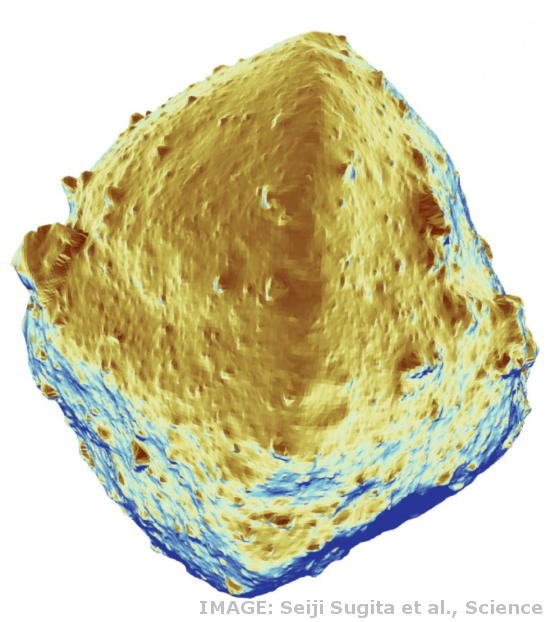X-rays tested for asteroid defence
 X-rays may be used to deflect dangerous asteroids from Earth.
X-rays may be used to deflect dangerous asteroids from Earth.
Recent research suggests that X-ray pulses could be a viable method for diverting asteroids from Earth, potentially advancing planetary defence strategies.
A study published in Nature Physics details a proof-of-concept experiment that demonstrates how X-ray pulses might vaporise the surface of an asteroid, altering its trajectory.
This approach, tested in laboratory conditions, offers an alternative to more conventional methods such as NASA's Double Asteroid Redirection Test (DART), which uses direct physical impact to change an asteroid’s path.
Planetary threats such as asteroids and comets can potentially cause significant damage if their trajectories intersect with Earth’s orbit.
Traditionally, techniques to deflect such objects require extended planning and significant financial resources.
NASA's DART mission has successfully demonstrated the use of a spacecraft to strike and alter the direction of an asteroid. However, this strategy may not be feasible in all cases, especially when there is limited time for preparation.
An alternative method involves using X-rays from a nuclear detonation to rapidly heat and vaporise the asteroid's surface.
This process would generate a vapour plume, altering the object’s course without the need for physical impact.
Nathan Moore and his research team conducted laboratory experiments simulating this technique.
They focused on two asteroid analogues: one composed of quartz and the other made from fused silica.
The X-ray pulses, delivered in a vacuum, heated the surface of these 12-millimetre-wide samples, causing them to vaporise.
The resulting vapour plume produced enough force to impart velocities of approximately 69.5 metres per second for quartz and 70.3 metres per second for fused silica.
The momentum generated by the vapour plume suggests that larger objects, such as asteroids up to 4 kilometres in diameter, could potentially be deflected using this method, according to the researchers’ simulations.
The research indicates that further studies are needed to refine the technique, particularly by experimenting with different materials and adjusting the intensity of the X-ray pulses.
The effectiveness of the method depends heavily on the chemical composition and structure of the asteroid, which could vary significantly.
Still, the study’s findings present a new avenue for planetary defence, potentially offering a more rapid and flexible solution than traditional kinetic impact methods.








 Print
Print